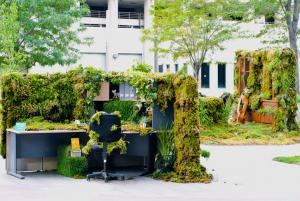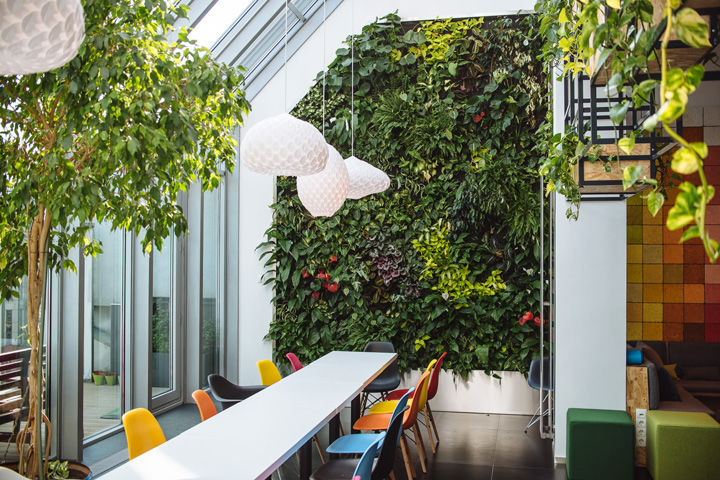- 52 reads

Everyone has an interest in protecting the environment and doing what they can to protect the planet. Offices and institutions of higher learning are finding that going green also saves green on their bottom line. Programs such as Harvard University’s Sustainability program are helping businesses find new ways to become greener and reap the benefits. Perhaps your office can take a few lessons by the example that they set.
Engaging Stakeholders
Harvard’s program focuses on encouraging staff engagement in program participation. Greening the office is divided into three major categories, with activities in each of them that contribute to the overall achievements. Instituting green measures at home is different from reducing the carbon footprint of an office. Offices are complex systems that include workers, suppliers, and customers. They also include transportation systems to get workers to and from the office and to move materials.
The most important action towards going green is to identify areas of improvement and then devise actions to achieve green goals. The first step in going green is to form a committee to look at each of these areas as they pertain to your business and find ways to make them greener. Next, certain targets should be set to help track progress and determine when goals have been reached. This is the approach that Harvard and other universities have taken to promote greener offices and facilities.

It Takes Action
Going green is not just a theory, it involves actions to help achieve goals. The four major areas that must be addressed by most offices are green buildings, energy efficiency, reducing office waste, and transportation.
- Green Buildings. If you are going to build new office space, you have the option to hire contractors that specialize in green building design. In an older building or structure, when you are remodeling or when it is time for maintenance or repairs presents an opportunity to improve on the existing building systems. It is also worthwhile to look into upgrades that could be done affordably to the existing building that will make big differences in energy efficiency and green practices.
- Energy efficiency. This category offers the biggest savings in terms of return on investment. Savings in energy efficiency equate money not spent for heating, cooling, lighting, and daily operations of the business. Simple practices such as turning out lights when no one is in the room and turning electronics off at night can make a big difference. Reports show that in many cases, it’s more cost-effective to use alternative energy anyway.
- Reduce office waste. The average will office worker uses approximately 10,000 pieces of paper every year. Even though recycling is up 44 percent in the United States, 19 million tons still ends up in the landfill. This does not even count the effects on deforestation and habitat loss. Practices such as using electronic documents as much as possible, printing on both sides of the paper, and of course, recycling paper and cardboard products represent best practices in this area.
- Transportation. Transportation is a big energy waster and contributes to air pollution, and continued dependence on fossil fuels. Searching for contractors that use green energy sources is one way to reduce consumption and pollution in this area. Encouraging staff to use ridesharing and public transportation help cut back in this area.
Looking Ahead
As offices begin to see the benefits of going green, it encourages them to research new ways of improving their sustainability. Technology is leading the way with the development of new products designed to help offices meet their green goals. For instance, Chinese researchers are working on a way to create paper that can be used up to eight times. This rewritable paper uses technology that will remain visible for up to six months. New advances are also being made in the areas of energy efficiency, transportation, and architectural design using both passive and active technology. These advances lead the way for greener offices.
You don’t need LEED Platinum Certification to make a difference in improving your office’s contribution to the overall picture. Even little actions done every day over time add up to be saving for your bottom line and for the planet. The greatest challenge to overcome is creating a culture that promotes green practices. This is where leadership can play an important role and make a difference for the good of all of us. It pays to research ways to make your office greener.

